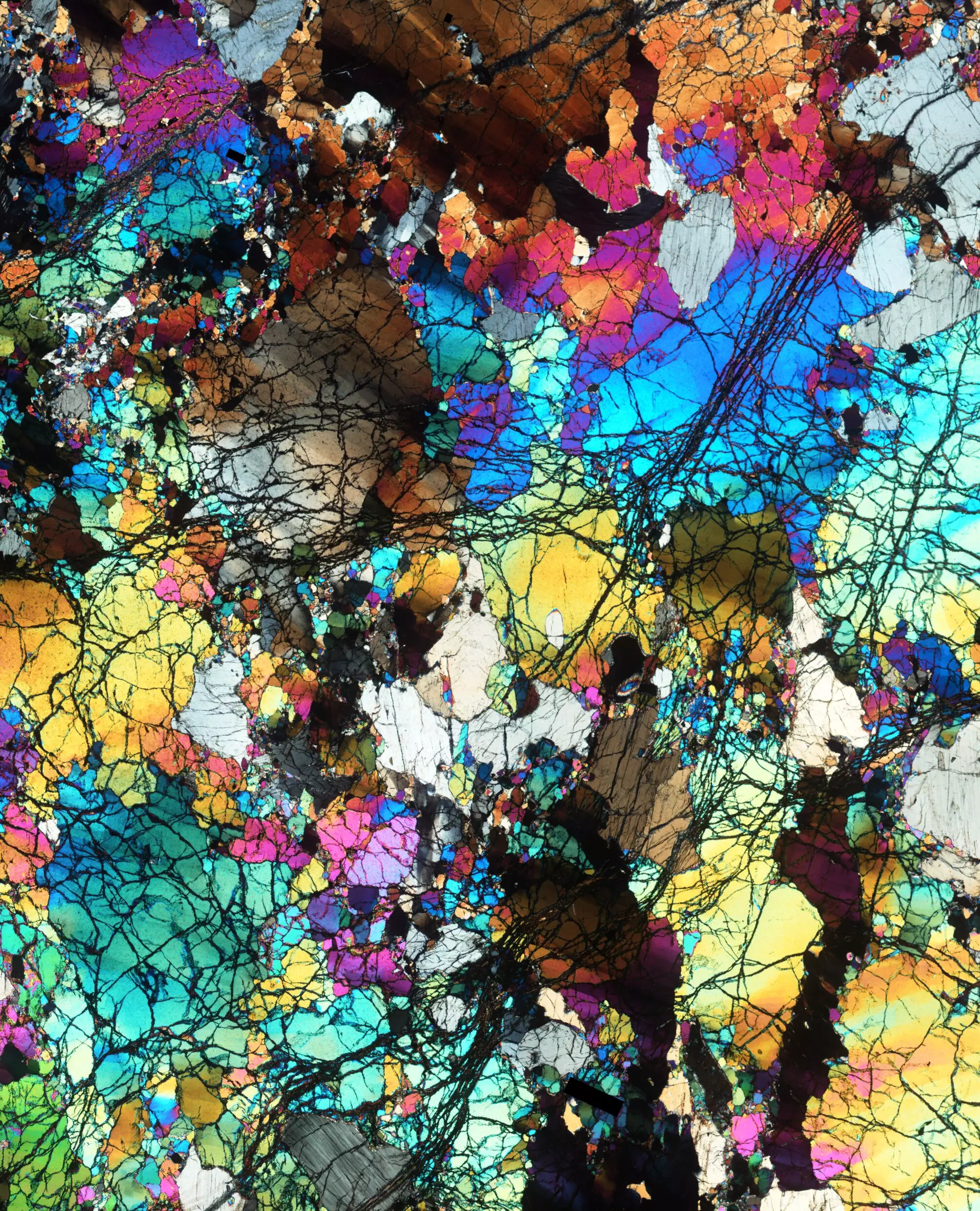Recent research conducted by a dedicated team at the Smithsonian’s National Museum of Natural History has unveiled remarkable insights into the chemistry of Earth’s mantle. By analyzing ancient rocks believed to date back 2.5 billion years, this study provides compelling evidence regarding the geologic history of our planet. With a focus on the oxidation state of the mantle, the findings challenge long-held assumptions about the processes that shaped Earth since its infancy.
This breakthrough not only augments the scientific community’s comprehension of early Earth dynamics but also resonates deeply with our existence. The research provokes profound questions about the mechanisms that have allowed life and liquid water to flourish on our unique planet. As Elizabeth Cottrell, a leading figure in this study, emphasizes, understanding the formation and evolution of Earth is intertwined with the very essence of human origins.
The Oxidation Debate: A New Perspective
The study’s conclusions revolve around the mantle’s oxidation state, revealing that it has remained remarkably stable throughout geological time. Contrary to various assertions made by other scholars positing significant transitions in the oxidation status, this groundbreaking analysis offers clarity. By asserting that the majority of the mantle has not transformed significantly, the research grounds itself against previously suggested theories.
The ancient rocks analyzed exhibit strikingly low oxidation levels, indicating a primordial state of the mantle when conditions were drastically different. Delving into the geochemical complexities, the researchers posit that these rocks likely underwent extreme melting deep inside the Earth during the Archean Eon. This melting was associated with elevated temperatures that have since diminished, leading to a less oxidized composition in modern mantle rocks.
Excavating Geological Time Capsules
The research team employed a strategic approach, collecting rocks from slow-spreading tectonic plate boundaries like the Gakkel Ridge and the Southwest Indian Ridge. This deliberate selection was crucial since these less active zones yield samples that are arguably more reflective of the mantle’s true chemical history, free from the overwhelming influences of volcanic activity present in faster-spreading environments.
Through meticulous analysis, the team discovered that the studied samples melted at extreme depths where temperatures ranged significantly higher than what we observe today. Notably, these ancient rocks, being 10,000 times less oxidized than contemporary samples, provide a unique insight into a time when Earth’s interior was vastly hotter and more chemically distinct.
This geological investigation effectively positions these ancient rocks as time capsules, preserving a mineralogical signature that has remained unchanged over billions of years. However, this revelation is not merely about affirming the stability of the mantle; it invites us into the deeper intricacies of Earth’s early geological narrative.
Rethinking Past Theories
The implications of this research extend far beyond mere rock analysis. Previous theories regarding the mantle’s oxidation state and its evolution have postulated varied mechanisms; these include potential loss of gases to space or subduction-related recycling of ancient material. However, proponents of these theories have yet to unify around a singular rationale behind these changes.
In stark contrast, the findings from this analysis present a compelling argument for the original state of the mantle being stable all along. Rather than accumulating evidence of oxidizing processes over geological time, the study underscores the notion that the high temperatures during the Archean created less oxidized conditions, a scenario that is no longer replicable today due to the Earth’s cooling mantle.
This significant paradigm shift can serve as a catalyst for future studies aimed at understanding network properties of mantle evolution and chemistry. It compels researchers to reconsider traditional interpretations with a fresh perspective centered on stability rather than transition.
A Window into Earth’s Mysterious Past
The ongoing quest to demystify the Earth’s mantle contributes to broader initiatives focusing on planetary uniqueness. As scientific inquiries expand to embrace the mysteries of our oceans, continents, and potential life templates within minerals, this study has opened a vital door for exploration.
Cottrell and her teammates now aim to replicate the extreme geological conditions of the Archean within laboratory settings to deepen their understanding of this ancient mantle. Such endeavors are not merely academic; they aim to bridge gaps in our understanding of Earth’s formative processes and how they have sculpted the world we inhabit today.
This exciting venture exemplifies how geology intersects with human history and the development of life. As researchers forge ahead, they invite us all to ponder our planet’s narrative and the geological tapestries that have entwined into the very fabric of existence on Earth.


Leave a Reply